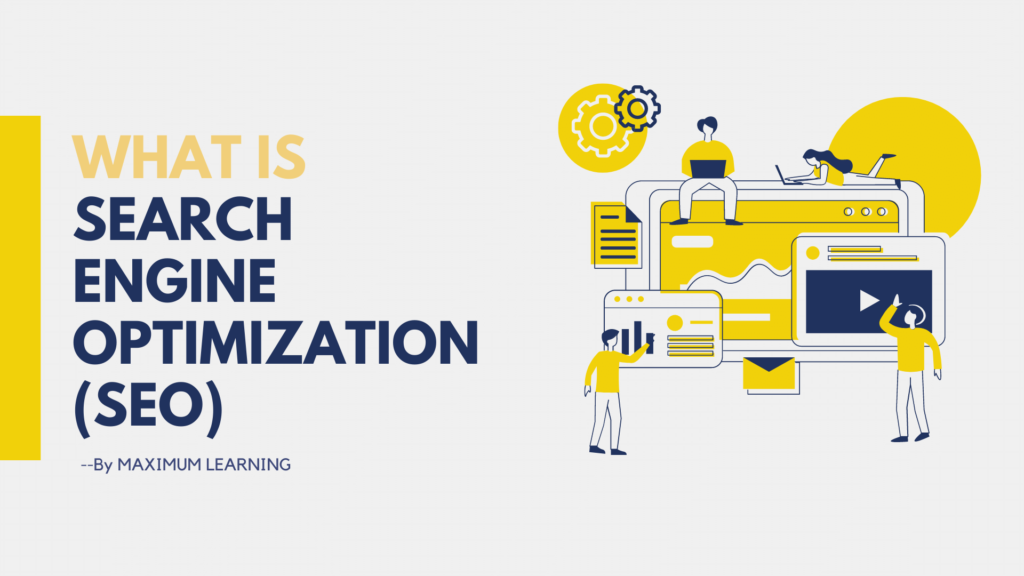In the contemporary era, where technology governs much of our daily lives, achieving a balance between the time spent on screens and nurturing our personal well-being has become an indispensable aspect of modern living. The incessant stream of notifications, emails, and updates from social media platforms has the capacity to overwhelm individuals, potentially resulting in heightened stress levels and a sense of burnout. This blog intends to explore the notion of mindful living within the context of this digital age, aiming to offer practical and achievable approaches that enable individuals to maintain a harmonious equilibrium between their online activities and their quest for tranquility in the offline world.
The Impact of Excessive Screen Time on Well-Being:
In an era where technology plays an ever-expanding role in our daily routines, the detrimental effects of spending excessive time in front of screens have become more evident, impacting both our physical and mental well-being. Prolonged exposure to digital devices has led to prevalent issues such as eye strain, disrupting our natural sleep patterns and leading to sleep disturbances. Additionally, heightened stress levels and increased feelings of anxiety have become noticeable outcomes of prolonged digital engagement. Acknowledging these warning signs is crucial, prompting the need for proactive measures to establish a healthier and more balanced interaction with our technological devices.
Understanding Mindful Living:
At its core, mindful living revolves around nurturing a deliberate and heightened consciousness of the current moment while accepting our thoughts and feelings without criticism or bias. Particularly within the framework of our technologically driven era, practicing mindfulness involves developing an acute awareness of our habits concerning screen time. It encompasses making deliberate and intentional choices to place a premium on our overall well-being rather than succumbing to constant and relentless digital involvement. Embracing mindfulness in the digital age entails being consciously aware of how we interact with technology, allowing us to make decisions that prioritize mental and physical health amidst our technological immersion.
Practical Tips for Balancing Screen Time:
1. Set Boundaries:
Establishing boundaries stands as a fundamental strategy to achieve a balanced approach toward screen time. It involves carving out specific timeframes dedicated to using electronic devices, whether for work-related tasks or leisure activities. By delineating clear boundaries, individuals create distinct partitions between their professional commitments and personal lives. This deliberate separation assists in averting the tendency for work-related digital engagements to encroach upon leisure time and vice versa. Effectively setting these limits facilitates a more structured routine, enabling individuals to maintain a healthier balance between their professional responsibilities and personal well-being.
2. Digital Detox Days:
Integrating digital detox days into one’s routine involves deliberately scheduling periods where individuals intentionally disconnect from electronic screens. This conscious decision to step away from digital devices serves as a strategic means to rejuvenate the mind and foster a healthier perspective on technology usage. These designated detox days offer an opportunity for mental recalibration by allowing individuals to disengage from the constant stimuli of screens, thereby promoting a sense of mental clarity and reducing the potential for digital fatigue or burnout. Embracing these periodic breaks from technology facilitates reconnection with the physical world, encourages mindfulness, and aids in establishing a more balanced relationship with digital devices.
3. Use Technology Mindfully:
Utilizing technology mindfully requires a deliberate shift in how individuals engage with digital platforms. Rather than engaging in aimless scrolling through social media or other online content, the emphasis lies in using technology with a purposeful intention. This involves setting clear and specific objectives for one’s online activities, ensuring that each interaction serves a distinct purpose. By delineating specific goals, individuals can steer clear of the trap of endless scrolling, a common behavior that can consume significant amounts of time without yielding meaningful outcomes.
Mindful technology usage encourages a more conscious and intentional approach, allowing individuals to derive value from their online engagements while avoiding unnecessary distractions or time-wasting habits. Adopting this intentional mindset towards technology fosters a more productive and purpose-driven interaction with digital platforms, enabling individuals to make the most of their online experiences.
4. Prioritize Real-Life Connections:
Amidst the significance of digital connections, placing emphasis on in-person interactions with friends and family takes precedence in nurturing meaningful relationships. Prioritizing face-to-face engagements over digital communications involves actively seeking and fostering connections that transcend the boundaries of screens. By prioritizing real-life interactions, individuals can deepen their relationships, fostering a deeper sense of understanding, empathy, and emotional connection that may be challenging to achieve solely through digital means. Investing time and effort into personal, physical interactions allows for richer communication, the exchange of genuine emotions, and the creation of lasting memories, thereby enhancing the quality and depth of relationships beyond the realm of digital interfaces.
5. Invest in Hobbies:
Allocating time towards offline hobbies that evoke joy and fulfillment represents a deliberate endeavor to explore activities beyond digital engagement. Whether it involves engaging in the pleasure of reading, the creativity of painting, or the rejuvenation of outdoor pursuits, investing in diverse interests plays a pivotal role in diminishing reliance on digital devices. By dedicating time and energy to these offline hobbies, individuals not only discover sources of genuine enjoyment but also establish a healthy balance between their online and offline lives. Engaging in such activities fosters personal growth, provides avenues for relaxation, and encourages a break from the constant connectivity offered by digital technology. This diversification of interests serves as a means to reduce dependency on screens, enabling individuals to derive fulfillment.
6. Create a Tech-Free Sleep Routine:
Developing a tech-free sleep routine involves consciously setting up an environment in your bedroom that is devoid of technological devices at least one hour before bedtime. The rationale behind this practice is to minimize exposure to the blue light emitted by screens, which can disrupt natural sleep patterns. Creating a designated tech-free zone in your bedroom serves as a deliberate step to disengage from digital screens, allowing the mind to unwind and prepare for a restful sleep. Instead of engaging with electronic devices, opting for relaxing activities such as reading a book, practicing mindfulness or meditation, taking a warm bath, or listening to calming music can help in unwinding and signaling the body that it’s time to wind down for the night. This intentional shift away from screens before bedtime aims to promote better sleep quality and improve overall sleep hygiene, facilitating a more rejuvenating and restorative night’s sleep.
Keywords and SEO Integration:
To enhance the SEO-friendliness of this article, it’s crucial to incorporate relevant keywords naturally. Here are some keywords to consider:
– Mindful living in the digital age
– Screen time and well-being
– Balancing technology and mental health
– Digital detox tips
– Healthy screen time habits
– Mindfulness in the modern world
– Impact of technology on mental health
In today’s screen-dominated world, embracing mindful living practices is pivotal to preserving our holistic well-being. Establishing boundaries, incorporating digital detox periods, and giving precedence to in-person connections enable us to achieve a harmonious equilibrium between our virtual and real lives. It’s crucial to note that the aim isn’t to vilify technology but to employ it with purpose. By doing so, we cultivate a balanced and positive relationship that contributes to enhancing, rather than diminishing, our overall quality of life. The emphasis lies in the mindful and intentional utilization of technology, allowing it to complement and enrich our lives without overshadowing our well-being and personal connections.




